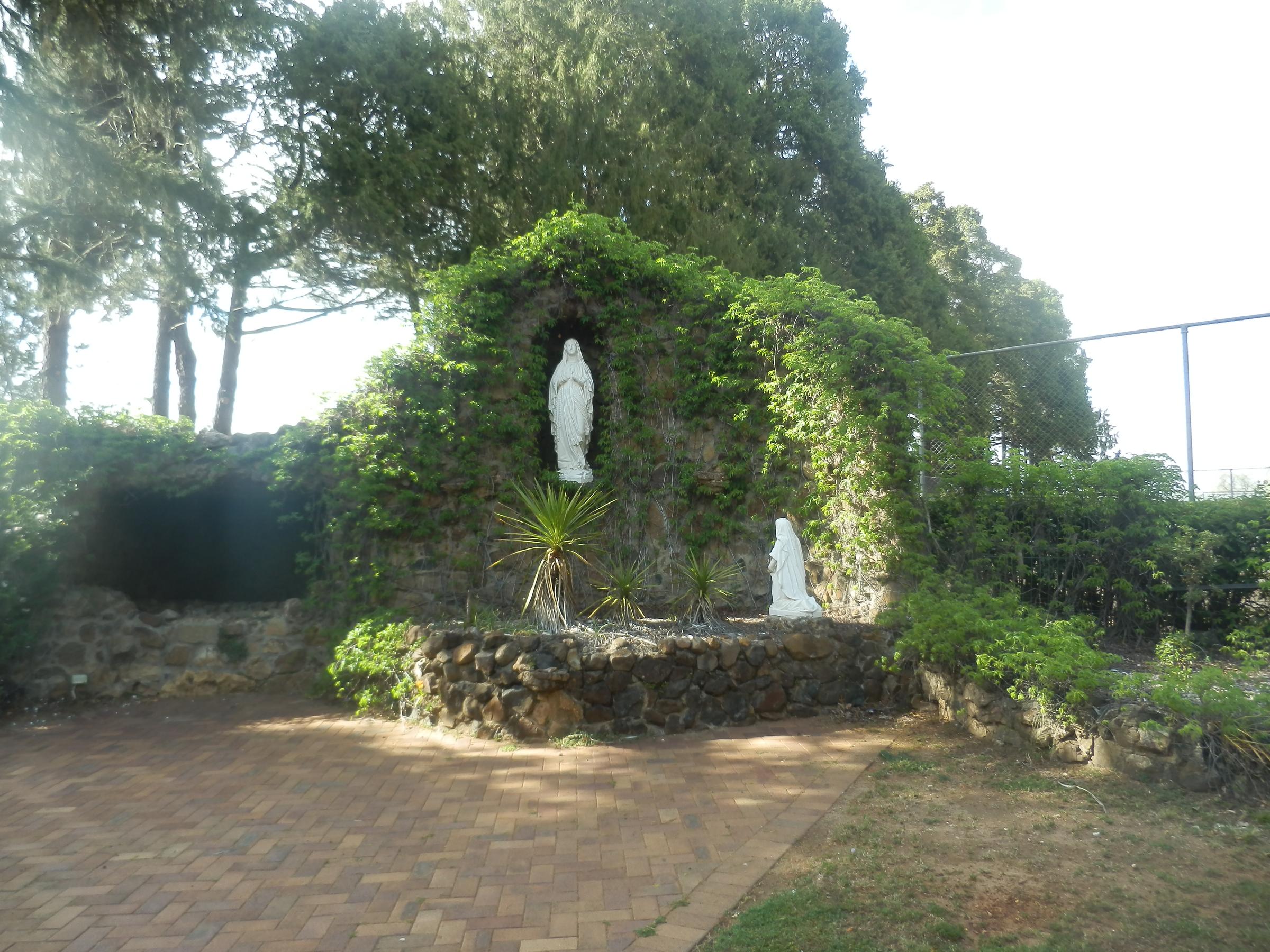Leader of Pedogogy

LOP Message
Student Voice Part I
In my discussions with early career teachers in recent years, a prevailing issue has driven most queries into the mysteries and masteries of teaching practice: “What actually is student voice?” Trendy understandings from the noughties suggested ‘choice’ as the all-encompassing answer - you give choices-student chooses-student has voice...but a glaring omission from this relationship between teacher-thing-student, is that the ‘choice’ is inauthentic, especially if we consider the nature of what was being ‘chosen’ - wasn’t it the teacher who ‘selected’ the options to begin with because the students didn’t have the tools to do so themselves? Or choice was/is interpreted as freedom from boundaries - for example, sit where you like, with whom you like, when you like...but wait - this ‘freedom’ is merely a reality masquerade ball, for, where in the world beyond school, or as the students like to phrase it “the real world” do you get to have such an anarchist approach to daily work life?
So if voice isn’t choice, then what is it about?
The answer lies in the second line of our school vision, ‘working collaboratively to enhance the learning for all’. The overwhelming power imbalance between teacher and student that has characterised this microcosm of society since the turn of time, as hyperbolic as that may be, is rejected, refuted, stamped on, obliterated in any sound interpretation of ‘working collaboratively’. We are a community of learners, students; teachers; parents alike - key stakeholders in this business of growing and producing "creative confident and informed people ready to make a difference in our world ". And as stakeholders, we have a responsibility to help each other to be the most effective learners we can be. Which means that we need to be open to showing our vulnerability, to reflect on our challenges and successes, together. Because in doing so, we open ourselves up to feedback; we are open to growth. Voice therefore, is about inclusivity and authenticity.
Teachers are confident and comfortable in providing feedback to students to move their learning forward - It’s our core business. But if I were to ask if students were comfortable in providing feedback to their teachers in how to move their ‘teaching forward’, or the school leadership team in moving the school culture forward - would they be just as confident and comfortable? Critically, it is here where true student voice arises. This is not asking students to provide unfettered critique substantiated by mere emotion, rather, it is asking students to reflect on their own learning process - to be metacognisant - to identify what they know, what they need to learn, and to see how their learning needs impact and are affected by the learning needs of the other stakeholders in our community of learners. While opportunities to develop the skills and processes to find their voice may be provided through explicit tools like classroom surveys, open discussion, reflection, etc. it is in our support (teachers and parents) of students to see themselves as included as part of a bigger whole that they find their voice.
Eli Simpson
Leader of Pedagogy

